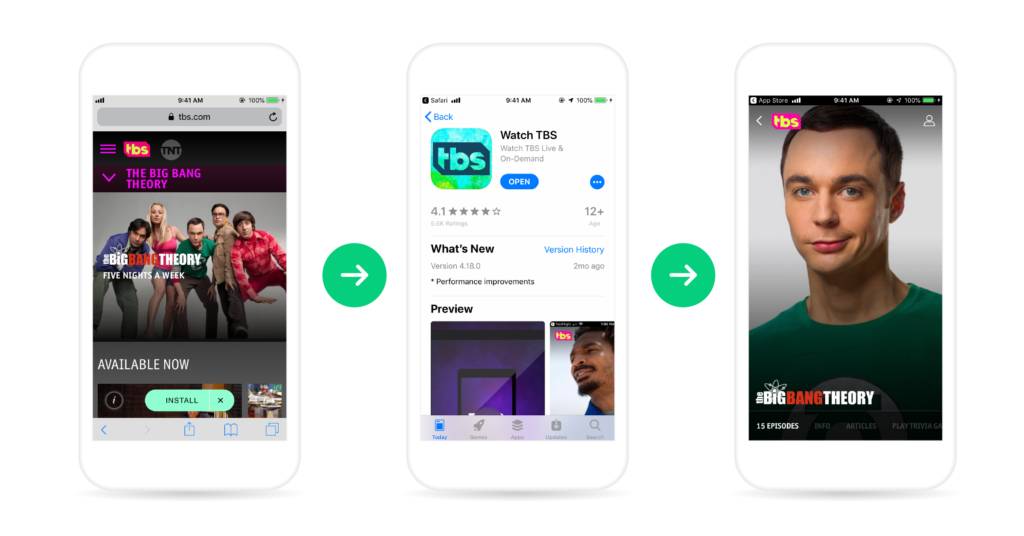1. Maximize application speed
Ad viewability increases as apps are able to load ads quickly, especially in emerging markets. Here are two aspects to focus on to improve application speed:
-
Choose the right refresh rate
Make sure that your app's refresh rate always gives users the opportunity to see ads. Refreshing your ads too often will negatively impact your viewability rate. Therefore, you should only show ads for at least 60 seconds before refreshing your ad space.
-
Reduce ad latency
Ad latency is the main lever that affects viewability. The best way to reduce or eliminate ad latency is to integrate with the right SDKs (Software Development Kits).

Application speed is extremely important (Photo: static-blogs.operacdn.com)
2. Optimize your ad layout
In-app ad formats and placements give your ads a chance to be shown in viewable regions. To maximize your ad space's viewability rate, we recommend selecting the following formats and placements:
-
Above-the-Fold Ad (First Screen Advertising)
You can improve your In-App Ad viewability rate by placing at least one ad space on the first screen. However, setting up too many ads on the first screen can also harm the viewability rate, as these ads will be difficult to get into the viewable area.
-
Interstitial Ad
Interstitial ads fill the entire screen during a natural in-app conversion. As a result, both interstitial ads and interstitial video ads tend to result in a higher viewability rate than most other ad formats. However, when using interstitial ads, you shouldn't trade off your user experience just to achieve a high viewability rate, place your ads in the right locations and times.

Interstitial ads (Photo: blog.branch.io)
-
Rewarded Video Ad
Rewarded Video Ads is a great choice for publishing companies looking to attract brand budgets and drive eCPM (effective cost per mille) thanks to its ability to provide full-screen opt-in and visibility, which increases viewability and completion rates.
3. Prioritize user experience
While in-app ad viewability is critical, the user experience must still be the highest priority when choosing ad formats and placements. An ad impression can only be generated when there is an active user there to request an ad.

Developers need to prioritize the user experience (Photo: clevertap.com)
Here's how maintaining a high-quality user experience improves your ad monetity policy strategy
-
Get users' attention with engaging content
To increase the visibility of In-App Ad, at least half of your ad's pixels must be placed in your device's viewable space for at least 1 second in a row. Look for ways to increase your chances of your ads being shown in viewable areas of your user's screen and meet the minimum time requirement by having your ad share screen space with engaging content that attracts the attention of viewers.
-
Use professional design
In-app ad visibility will be improved through the use of professional design principles, such as: specific visual hierarchy, reasonable whitespace in the website, and neat design. Unfriendly ad placements will cause a bad user experience, affecting in-App Ad's visibility.
4. Make appropriate connections
The In-App Ad sector is growing rapidly. To ensure that you are able to keep up to date with the latest standards and best methods, you need to create good relationships with trusted partners.
-
Follow the viewability guidelines from trusted sources
As visibility standards are developed, stay informed through reputable sources of information such as the Internet Advertising Organization (IAB) and the Media Rating Council (MRC).
-
SDK integration
Use SDK integration to deliver and update ads, ensuring that you're implementing the latest measures on your platform to ensure visibility.
Implementing and increasing the visibility of In-App Ad is an important task for app developers on the market today.
Source: advertisingvietnam.com



